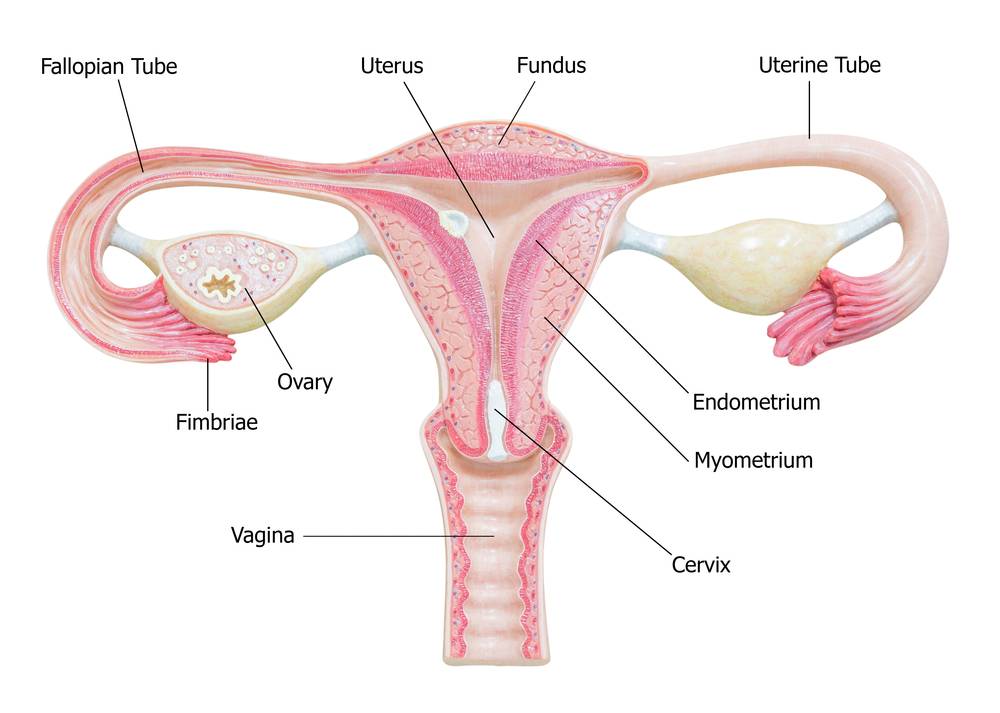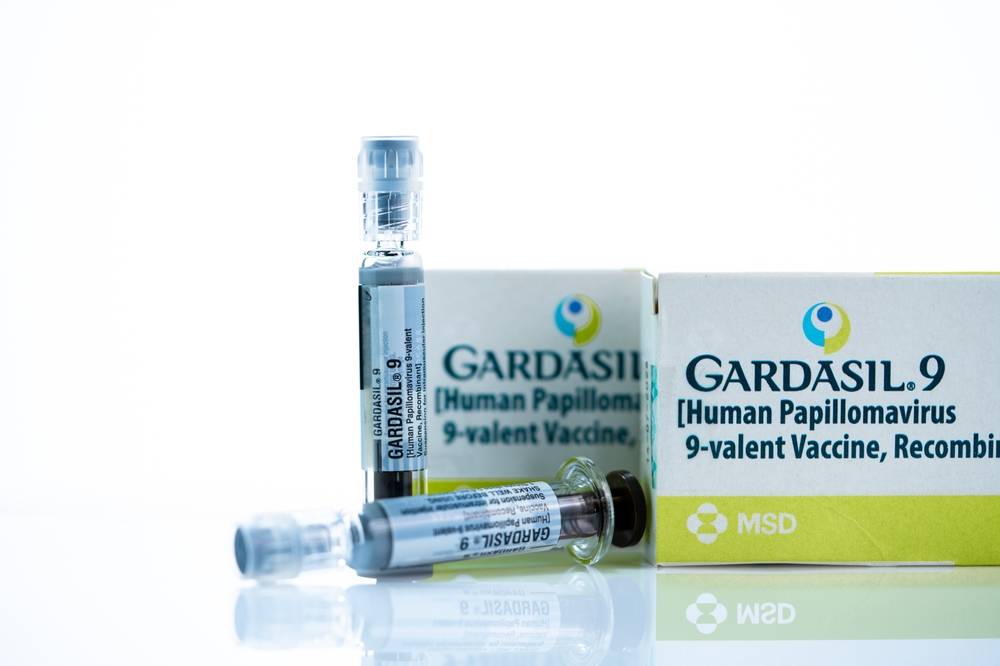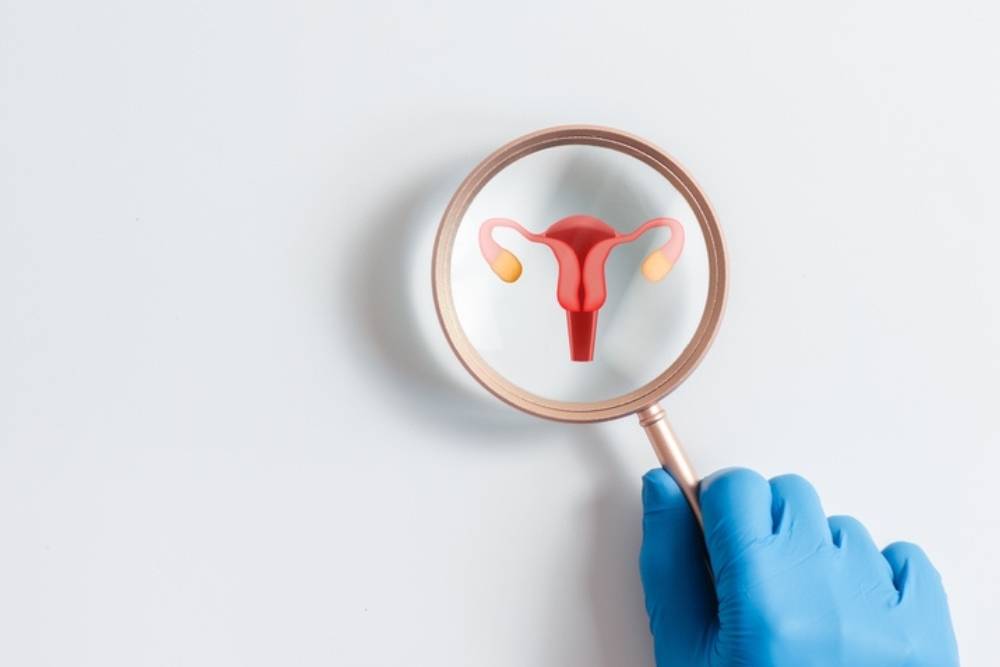Imagine this: a mother, a sister, or a close friend skips her routine health screening, thinking it’s just another busy day. “I’ll go next time,” she says, but next time never comes. Months later, she finds herself in a doctor’s office, facing a diagnosis that could have been prevented.
We’ve all been there. Life gets in the way, and skipping a health check-up seems harmless. You may think there’s plenty of time before you need to worry about cervical cancer, or that you’re too busy to fit another appointment into your schedule. But what if a simple health screening, or getting vaccinated, could change everything?
What is Cervical Cancer?

Cervical cancer occurs in the cells of the cervix. It develops when healthy cervical cells change their DNA and start multiplying abnormally. Rapid multiplication of the cells can form a mass or tumour in cervical cancer.
As the cancer advances. the abnormal cells can also invade, spread and destroy healthy tissues in other parts of the body. This process is called metastasis.
Cervical cancer is a significant public health concern, primarily affecting women worldwide. It is the fourth most common cancer in women globally, and also very common among women in Singapore as the 11th most common cancer among women, and as the fifth most frequent cancer among young women aged 15–44 years.
There are various advancements in cancer screening and vaccination to boost prevention. In fact, cervical cancer is largely preventable through vaccination and early detection of pre-cancer stage.
Causes of Cervical Cancer
Cervical cancer is strongly linked to the infection with certain types of human papillomavirus (HPV), a common virus spread through sexual contact. HPV is a large group of viruses, but only a few types are responsible for most cervical cancer cases, such as HPV-16 and HPV-18.
Other factors that increase the risk of the condition include:
- Having a family history of cervical cancer
- Weakened immune systems, e.g. HIV-infected individuals may have higher susceptibility to infection
- Smoking – tobacco by-products can damage the cervical cells and contribute to cancer development
- Long-term use of oral contraceptives may slightly increase the risk as suggested by studies.
- Women who gave birth to three or more children may have elevated risk
- Being sexually active before the age of 18 or having multiple sexual partners, can increase exposure to HPV
Warning Signs of Cervical Cancer
Cervical cancer often shows no symptoms in the early stages. Therefore, regular health screening for early detection is crucial.
As the disease progresses, common symptoms may appear such as:
- Abnormal vaginal bleeding such as in between periods, after sexual intercourse, or post-menopause.
- Unusual vaginal discharge, which may be watery, bloody, or foul-smelling.
- Pelvic pain or discomfort during intercourse.
- Advanced cases may present symptoms like back pain, leg swelling, or difficulty urinating.
Diagnosing Cervical Cancer
When detected early, cervical cancer can be easily treated. Key diagnostic methods include:
Pap Smear and HPV Test
@medicalchannelasia The #papsmear test is the best #screening tool for #earlydetection of #cervicalcancer . Cervical #cancer is the tenth most commonly occurring among women in #singapore ! You should screen every 3 years when you are >25 years old #adulting . If you are going for a Pap smear and don’t know what to expect, Dr Gen is here to explain ✨ don’t worry! #learningisfun #health #medicaleducation #healthy #papsmeartest #cervicalcancerawareness #earlydetectionsaveslives #speculum #healthtips #doctorsoftiktok ♬ Quirkle – Joss Peach
This is a simple in-clinic procedure where the doctor uses a small brush to collect cell samples from the outer opening of the cervix. It is then sent for analysis. The pap smear test analyses for abnormal cells in the cervix, while the HPV test detects the presence of human papillomavirus (HPV), a virus that can lead to the development of genital warts, abnormal cervical cells or cervical cancer.
Colposcopy & Biopsy
A colposcopy is a procedure that uses an instrument called a colposcope to examine the cervix. This allows a closer examination of the cervix if the screening results are abnormal.
A biopsy allows the removal of a small tissue sample from the cervix for further analysis. Biopsy is usually done during colposcopy.
Imaging Tests
MRI, X-rays, ultrasound and PET-CT scans help assess the spread of cancer. These imaging tests are critical for staging of cancer.
Cervical Cancer Prevention
Cervical cancer is one of the most preventable cancers today, thanks to vaccination, screening and early treatment.
HPV Vaccination
The first step to preventing cervical cancer is to stop HPV infection. The best way to do that is by getting vaccinated. The HPV vaccine protects against the most common high-risk HPV types, significantly reducing cancer risk.
HPV vaccines are recommended for females aged between 9 and 26. The full vaccination schedule includes three doses given over six months. Women should ideally get their full doses of HPV vaccines before becoming sexually active. Males can consider HPV vaccination to prevent getting and spreading HPV infection.

In Singapore, there are two types of HPV vaccines available, which are HPV2 (Cervarix) and HPV9 (Gardasil 9).
- HPV2 (Cervarix)
As the name suggests, the HPV2 vaccine protects against the two common HPV strains – HPV-16 and HPV-18. These two strains account for 70% of all cervical cancers. - HPV9 (Gardasil 9)
This HPV9 provides protection against additional 20% of cervical cancer-causing HPV types (6,11,32,33,45,52 and 58).
While the HPV vaccines offer a long-lasting protection for women who have not been exposed to HPV infection, they cannot protect against all HPV types. Hence, it is still important to go for regular screenings, even for those who have completed the HPV vaccination.
Regular Cervical Screening
Attending regular screening helps detect abnormal cells early. All women with the age of 25 to 64 who are sexually active should get regular screening.
A Pap smear test is recommended once every 3 years for women aged 25 to 29. For women over the age of 30, a HPV test is also recommended to be done every 5 years. In combination, these test help in the early detection of cervical cancer.
Safe Sexual Practices
Using condoms and limiting the number of sexual partners can reduce the risk of HPV infection, which is the primary cause of cervical cancer.
Smoking Cessation
Smoking damages the cells in the cervix, weakening the immune system and making it more difficult for the body to fight off HPV infections.
Women who smoke are at a significantly higher risk of developing cervical cancer compared to non-smokers. Quit smoking to improve overall health, reduce risk of cervical cancer, and enhance the effectiveness of HPV vaccines and screenings.
Moving from Awareness to Action
Cervical cancer is highly preventable with early intervention, especially through vaccination and regular screenings. Don’t wait for symptoms to appear. Talk to your doctor about the HPV vaccine, schedule regular screenings, and encourage the women in your life to do the same.

